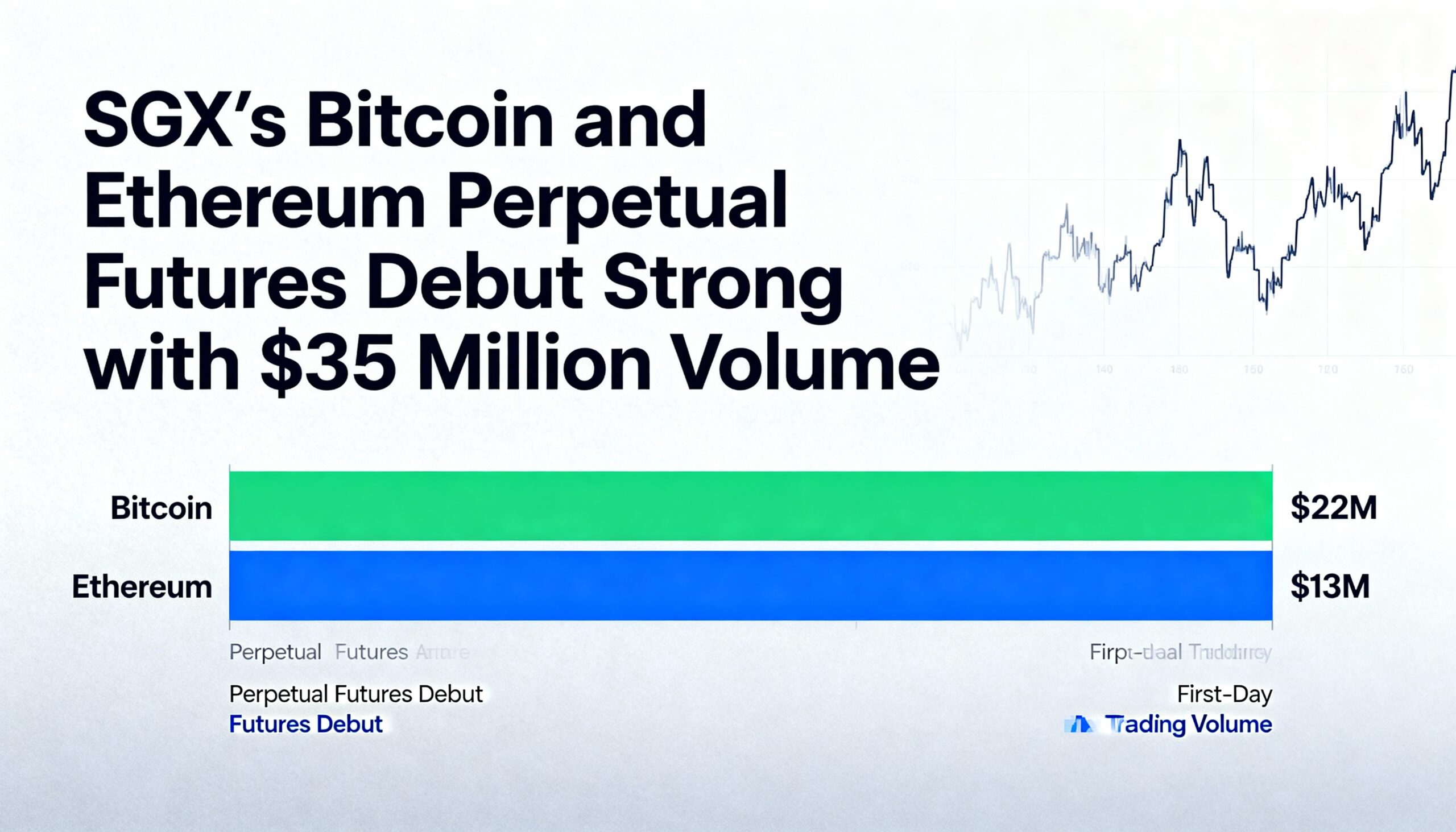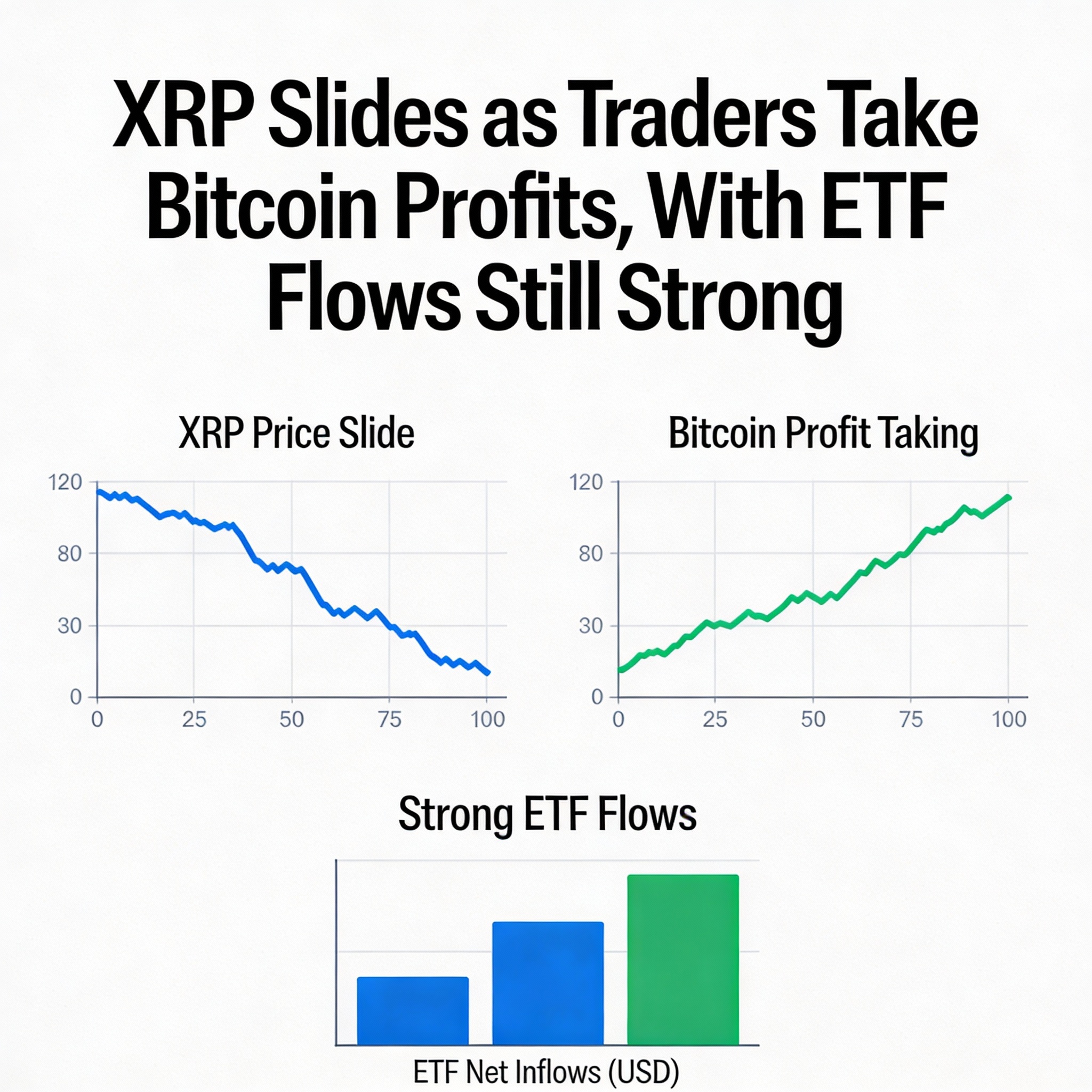DeFi’s Evolution in 2025: Yield Compression, Innovation, and Growth
As we enter the first quarter of 2025, DeFi continues to evolve. While yields across major lending platforms have significantly compressed, there are clear signs of innovation emerging at the market’s edges. These innovations highlight the ongoing maturation of decentralized finance, showcasing its potential for long-term growth, according to Ryan Rodenbaugh, CEO of Wallfacer Labs, the team behind vaults.fyi.
The Great Yield Compression
Across major lending platforms, DeFi yields have sharply declined, signaling a cool-down after the exuberant surge seen in late 2024:
- The vaults.fyi USD benchmark has dropped to below 3.1%, underperforming the U.S. 1-month T-bill yield of approximately 4.3%. This is the first time since late 2023 that the DeFi benchmark has lagged behind a traditional fixed-income asset. Just a few months ago, in late 2024, this benchmark was approaching 14%.
- Spark has implemented multiple rate reductions in 2025, cutting rates from 12.5% at the start of the year down to 4.5% as of now.
- Aave’s stablecoin yields on mainnet now hover around 3% for USDC and USDT—rates that would have seemed disappointing only a few months ago.
This shift suggests that the market has cooled considerably from its previous highs, with subdued borrower demand across major platforms.
TVL Paradox: Growth Despite Falling Yields
Despite a decline in yields, total value locked (TVL) in major stablecoin vaults has seen substantial growth:
- The largest vaults on platforms like Aave, Sky, Ethena, and Compound have experienced nearly a fourfold increase in size, growing from approximately $4 billion to $15 billion in supply-side deposits in just 12 months.
- Even after multiple rate cuts, Spark has seen its TVL increase by over 3x since the start of 2025.
This paradoxical trend—where capital remains sticky despite the drop in yields—indicates a growing institutional confidence in DeFi protocols as reliable financial infrastructure, moving away from their former reputation as speculative vehicles.
The Rise of Curators: DeFi’s New Asset Managers
A notable development in DeFi lending is the rise of curators, platforms like Morpho and Euler have introduced curators who are now actively building, managing, and optimizing lending vaults. These curators function like asset managers, strategically allocating capital and managing risk to maximize yield.
Rather than merely advising protocols, curators manage lending strategies across various platforms, focusing on risk parameters such as collateral selection, loan-to-value ratios, oracle price feeds, and supply caps. They design targeted lending strategies tailored to specific risk-reward profiles.
Firms like Gauntlet, which once served as external consultants for platforms like Aave and Compound, are now managing nearly $750 million in TVL across multiple protocols. With performance fees ranging between 0% and 15%, curators stand to generate millions in annual revenue, with far greater upside potential compared to traditional consulting arrangements. As of Q1 2025, curators have already generated nearly $3 million in revenue, with projections for up to $7.8 million by the end of the year.
Some of the most successful curators have achieved higher yields by accepting riskier, higher-yielding collateral and leveraging more aggressive loan-to-value ratios, particularly by using Pendle LP tokens. While this strategy demands sophisticated risk management, it has proven effective in the current compressed yield environment.
Protocol Stratification: The Emergence of a Layered Market
DeFi’s yield compression has also led to a stratified market structure:
- Blue-Chip Infrastructure (Aave, Compound, Sky)
These protocols operate similarly to traditional money market funds, offering modest yields (ranging from 2.4% to 6.5%) with high security and liquidity. They have captured the majority of TVL growth. - Infrastructure Optimizers & Strategy Providers
Platforms like Morpho and Euler provide modular infrastructure that enables more efficient capital deployment. Meanwhile, strategy providers like MEV Capital, Steakhouse, and Gauntlet offer specialized yield-maximizing strategies that can push yields for USDC and USDT beyond 12%.
This two-tier market structure has fostered a more dynamic landscape where strategy providers can quickly adjust their tactics on top of existing infrastructure, allowing for more sophisticated risk-reward strategies. As a result, users now face a more complex decision-making process, with blue-chip protocols offering safety and simplicity, while more optimized platforms and strategies offer higher potential yields—similar to those seen in the previous high-rate environment.
Chain by Chain: Where Yields Are Now
While Layer 2 (L2) networks and alternative Layer 1 (L1) chains have gained popularity, Ethereum’s mainnet remains the dominant host for top yield opportunities, both with and without token incentives. This ongoing yield advantage for Ethereum is noteworthy, given that incentive programs have often driven yield-seeking capital to newer chains.
Among mature chains like Ethereum, Arbitrum, Base, Polygon, and Optimism, yields remain generally low. However, the Base network has emerged as a key secondary yield hub, capturing some of the most attractive opportunities outside of Ethereum’s mainnet.
Newer chains with heavy incentive programs, such as Berachain and Sonic, are also offering elevated yields. However, the sustainability of these rates is uncertain, as incentive-driven yields tend to decrease over time.
The DeFi Mullet: Traditional FinTech Meets DeFi
A significant development this quarter has been Coinbase’s integration of Bitcoin-collateralized loans, powered by Morpho on its Base network. This move aligns with the emerging “DeFi Mullet” concept: traditional fintech interfaces in the front, with DeFi infrastructure operating behind the scenes.
As Coinbase’s head of Consumer Products, Max Branzburg, explained: “This is a moment where we’re planting a flag that Coinbase is coming on-chain, and we’re bringing millions of users with their billions of dollars.” The integration brings Morpho’s lending capabilities directly into Coinbase’s interface, allowing users to borrow up to $100,000 in USDC against their Bitcoin holdings.
This integration suggests that, just as billions of users unknowingly use the internet’s foundational protocols like TCP/IP, they will eventually interact with DeFi platforms without being aware of it. Fintech companies, like Coinbase, are increasingly adopting this approach, combining familiar user interfaces with the power of DeFi infrastructure.
What’s Next: Catalysts for the Lending Market
Several factors could reshape the lending market over the next year:
- Democratized curation: As curation models evolve, we could see the rise of AI-driven agents that enable retail users to manage their own DeFi portfolios, optimizing risk and yield on a personalized level.
- RWA integration: The continued integration of real-world assets (RWAs) into DeFi could introduce yield sources that are less correlated with the volatility of the crypto markets.
- Institutional adoption: As more institutional investors grow comfortable with DeFi infrastructure, we could see significant capital flows that could impact lending dynamics.
- Specialized lending niches: New lending markets that target specific user needs beyond simple yield generation could emerge, further diversifying the DeFi landscape.
Protocols that can efficiently balance the needs of both conservative institutional investors and more aggressive retail yield-seekers, while deploying sophisticated risk management and capital optimization strategies, are likely to thrive in 2025.





